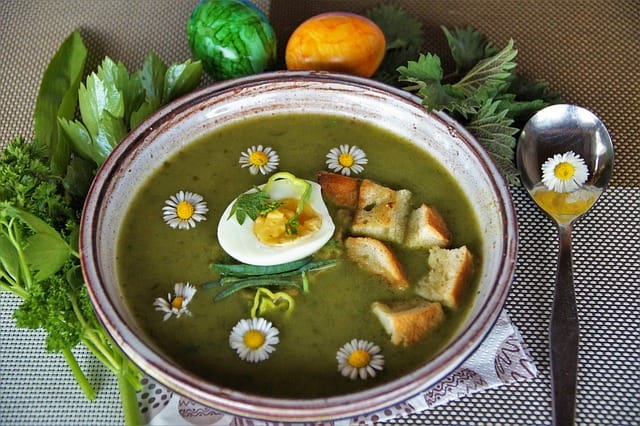How to grow Lovages
Lovages, also known as Levisticum officinale, are perennial herbs that belong to the parsley family

In this article:
- Introduction to Lovages
- Varieties of Lovages
- Soil and Location Requirements
- Planting Lovages
- Watering and Irrigation
- Fertilizing Lovages
- Companion Plants for Lovages
- Controlling Pests and Diseases
- Harvesting and Storing Lovages
- Culinary Uses of Lovages
- Medicinal Benefits of Lovages
- Frequently Asked Questions about Lovages
- Conclusion and Final Tips
Introduction to Lovages
Lovages, also known as Levisticum officinale, are perennial herbs that belong to the parsley family. These plants are native to Southwestern Asia and have been used for centuries in cooking and traditional medicine. Lovages have a unique flavor that is similar to celery, making them a popular addition to various dishes.
Varieties of Lovages
There are several varieties of lovages available, but the two most common ones are:
- - Common lovage (Levisticum officinale): This is the most widely grown variety and is known for its strong flavor.
- - Italian lovage (L. officinale 'Italicum'): This variety has a milder flavor and is often preferred for culinary purposes.
Soil and Location Requirements
Lovages thrive in well-draining soil that is rich in organic matter. They prefer a sunny location but can tolerate partial shade. Make sure the planting area has good air circulation to prevent the plants from developing fungal diseases.
Planting Lovages
Follow these steps to plant lovages:
- - Choose a planting location with the right soil conditions and sun exposure.
- - Prepare the soil by incorporating compost or well-rotted manure to improve its fertility.
- - Sow lovage seeds directly into the soil at a depth of ¼ inch.
- - Space the seeds or seedlings about 12 inches apart to allow ample room for growth.
- - Water the newly planted seeds gently.
Watering and Irrigation
Lovages require regular watering to keep the soil moist but not waterlogged. Avoid overwatering, as excessively wet conditions can lead to root rot. Mulching can help conserve moisture and regulate soil temperature.
Fertilizing Lovages
Fertilize lovages with a balanced organic fertilizer in spring when new growth starts. Avoid using high-nitrogen fertilizers, as they can promote excessive foliage growth at the expense of flavor.
Companion Plants for Lovages
Lovages have beneficial characteristics that make them great companions for other plants in your garden. Consider planting them alongside:
- - Carrots
- - Cabbage
- - Tomatoes
- - Beans
Controlling Pests and Diseases
Lovages are generally pest and disease resistant. However, some common pests that can infest them include aphids and slugs. To control these pests, use organic insecticides or deterrents and remove any damaged leaves or plants promptly.
Harvesting and Storing Lovages
Harvest the leaves of lovages as needed throughout the growing season. You can cut the outer stems and leaves from the base, or snip individual leaves. To store lovages, wrap them in a damp paper towel and place them in a plastic bag in the refrigerator. They can remain fresh for up to a week.
Culinary Uses of Lovages
Lovages are versatile herbs that can be used in various culinary dishes. Some popular uses include:
- - Adding lovage leaves to soups, stews, and stocks for a unique flavor.
- - Chopping lovages and using them as a seasoning in salads or sauces.
- - Infusing lovage leaves in vinegar or oil for a distinctive taste.
Medicinal Benefits of Lovages
Lovages have been used in traditional medicine for their various health benefits. Some medicinal uses include:
- - Relieving indigestion and flatulence.
- - Aiding in digestion by stimulating the production of digestive enzymes.
- - Acting as a diuretic to promote urine flow and cleanse the urinary system.
Frequently Asked Questions about Lovages
Q: Can I grow lovages in containers?
A: Yes, lovages can be grown in containers as long as the container is deep enough to accommodate their long taproot.
Q: How tall do lovages grow?
A: Lovages can grow up to 6 feet tall, so ensure you provide adequate support if necessary.
Conclusion and Final Tips
Lovages are hardy and versatile plants that can be a valuable addition to any garden. By following the proper planting and care instructions, you can grow lovages successfully. Remember to harvest them regularly and make the most of their culinary and medicinal benefits.
